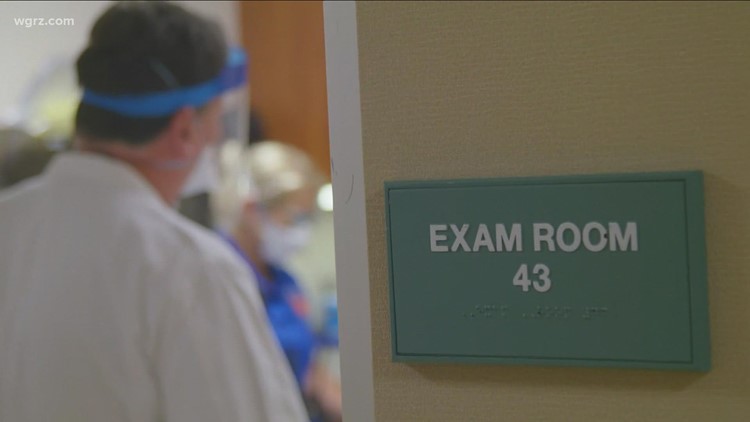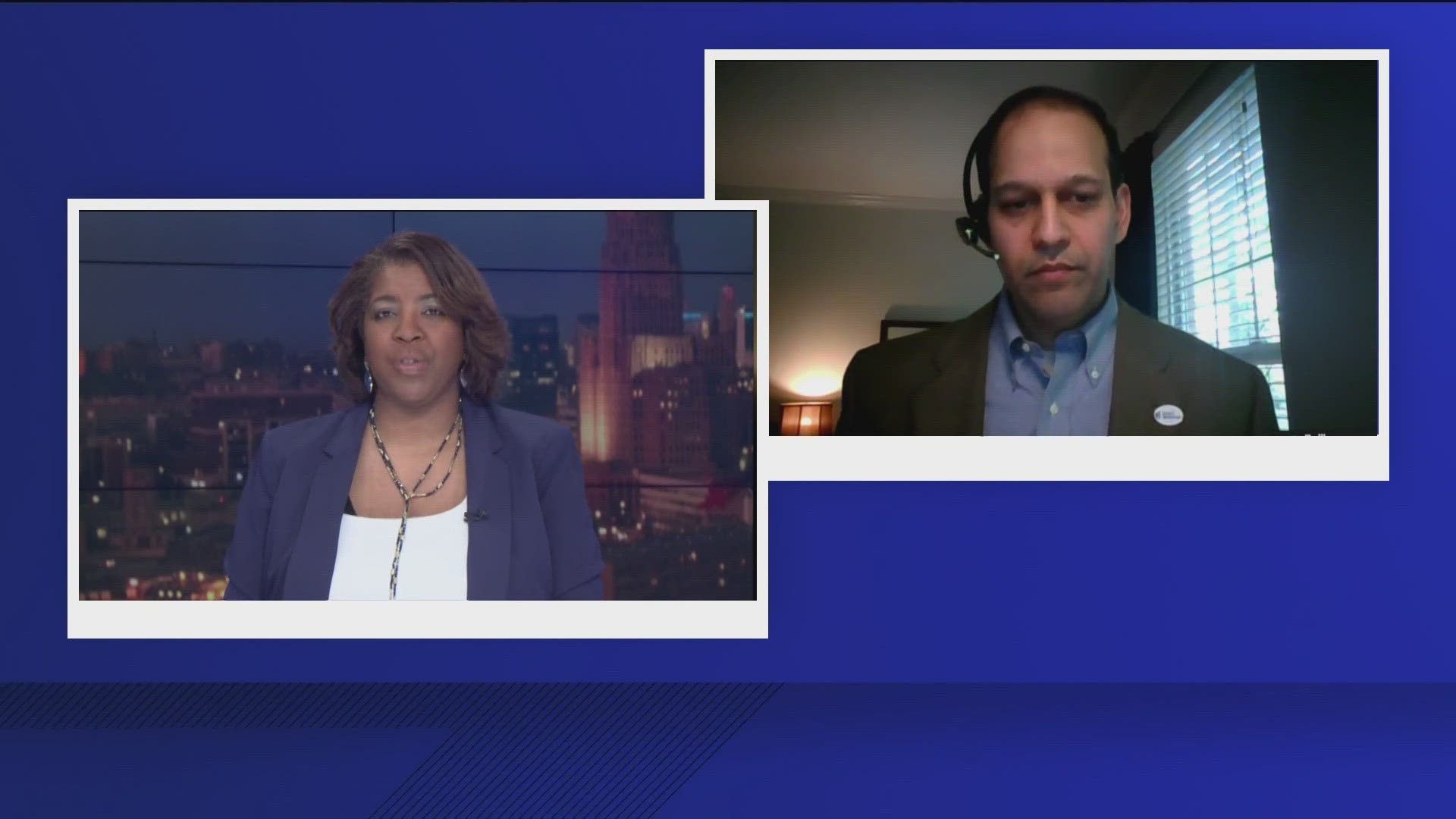BUFFALO, N.Y. — The Erie County Department of Health (ECDOH) and its Division of Emergency Medical Services are seeing area hospitals are experiencing high volumes and longer-than-normal wait times. As a result, ECDOH is working with Bertrand Chaffee Hospital, Catholic Health, Erie County Medical Center and Kaleida Health to remind patients of alternatives to showing up to the emergency department.
“Every hospital uses a triage system to prioritize patients. Using an ambulance to travel to an emergency department does not guarantee that you will be seen sooner,” said Commissioner of Health Dr. Gale Burstein. “Patients with non-emergent conditions can face substantial wait times as physicians and nurses treat and stabilize people with more severe injuries and conditions.”
ECDOH is reminding people that a primary care doctor would be able to help people decide if they need to seek emergency care in most cases. Virtual and telemedicine can give patients a referral quicker than a visit to the emergency room.
Urgent care centers are equipped to help treat non-emergency illnesses and medical conditions.
In general, people who are experiencing COVID-19 symptoms are reminded to not use an emergency department to get a test. The exception would be for difficulty breath, chest pain, or other severe symptoms.
“We do not want to discourage people from seeking medical care,” explained Dr. Burstein. “However, emergency department resources are finite, and are not designed to diagnose chronic conditions or treat minor illness. When patients with minor illnesses that could be treated by a primary care physician or telemedicine visit emergency departments, it delays and diverts medical resources from people with heart attacks or strokes, women in labor, vehicle accident victims, and children with serious illness.”
In general, people with acute illness or severe injuries will be evaluated and treated more quickly than other patients.
The following is a list of medical conditions that require emergency care:
- Accidental or sudden injury – vehicle accidents, burns, smoke inhalation, deep or large wounds, falls or head trauma
- Bleeding that will not stop
- Breathing problems (difficulty breathing, shortness of breath)
- Change in mental status (unusual behavior, confusion, difficulty arousing, slurred speech)
- Chest pain
- Choking
- Coughing up or vomiting blood
- Fainting or loss of consciousness
- Feeling of self-harm
- Head or spine injury
- Severe or persistent vomiting
- Sudden, severe pain anywhere in the body
- Sudden dizziness, weakness, or change in vision
- Swallowing a poisonous substance
- Severe abdominal pain or pressure



